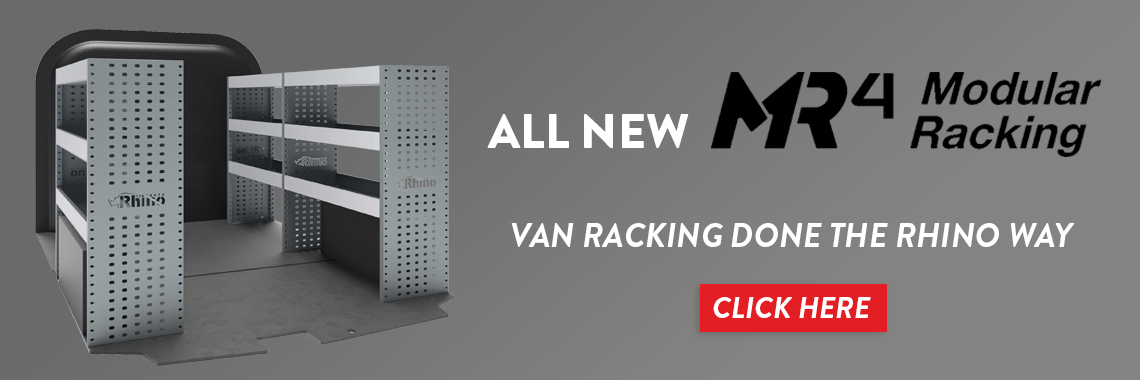Rhino Van Racking Internal Shelving

Rhino Internal van racking and shelving is an important aspect of optimizing the space inside a commercial van. Van racking refers to the process of installing shelves, drawers, and other storage solutions inside a van to make it more organized and efficient. Internal van racking is especially important for businesses that rely on vans to transport goods and equipment. By organizing the interior of the van, businesses can save time, increase productivity, and reduce the risk of damage to goods during transport.
There are many different types of internal van racking solutions available on the market. Some are designed for specific types of cargo, such as plumbing equipment or electrical tools. Others are more general-purpose and can be adapted to suit a variety of needs. The most common types of internal van racking solutions include shelving units, drawers, cabinets, and toolboxes.
Shelving units are a popular choice for internal van racking because they provide a lot of storage space without taking up too much room. They can be installed at different heights and depths to accommodate different types of cargo. Drawers are another popular option, especially for smaller items that need to be kept organized and easily accessible. Cabinets are a good choice for larger items, such as power tools or bulky equipment. Toolboxes are designed specifically for storing tools and can be mounted to the floor or walls of the van.
When choosing internal van racking solutions, it is important to consider the size and weight of the cargo that will be transported. Heavy items should be stored closer to the floor to avoid tipping, while lighter items can be stored higher up. It is also important to consider the layout of the van and how the racking will affect visibility and accessibility.
Overall, internal van racking is an important investment for businesses that rely on vans for transportation. By optimizing the space inside the van and keeping cargo organized and secure, businesses can increase efficiency, reduce the risk of damage to goods, and save time and money in the long run.
